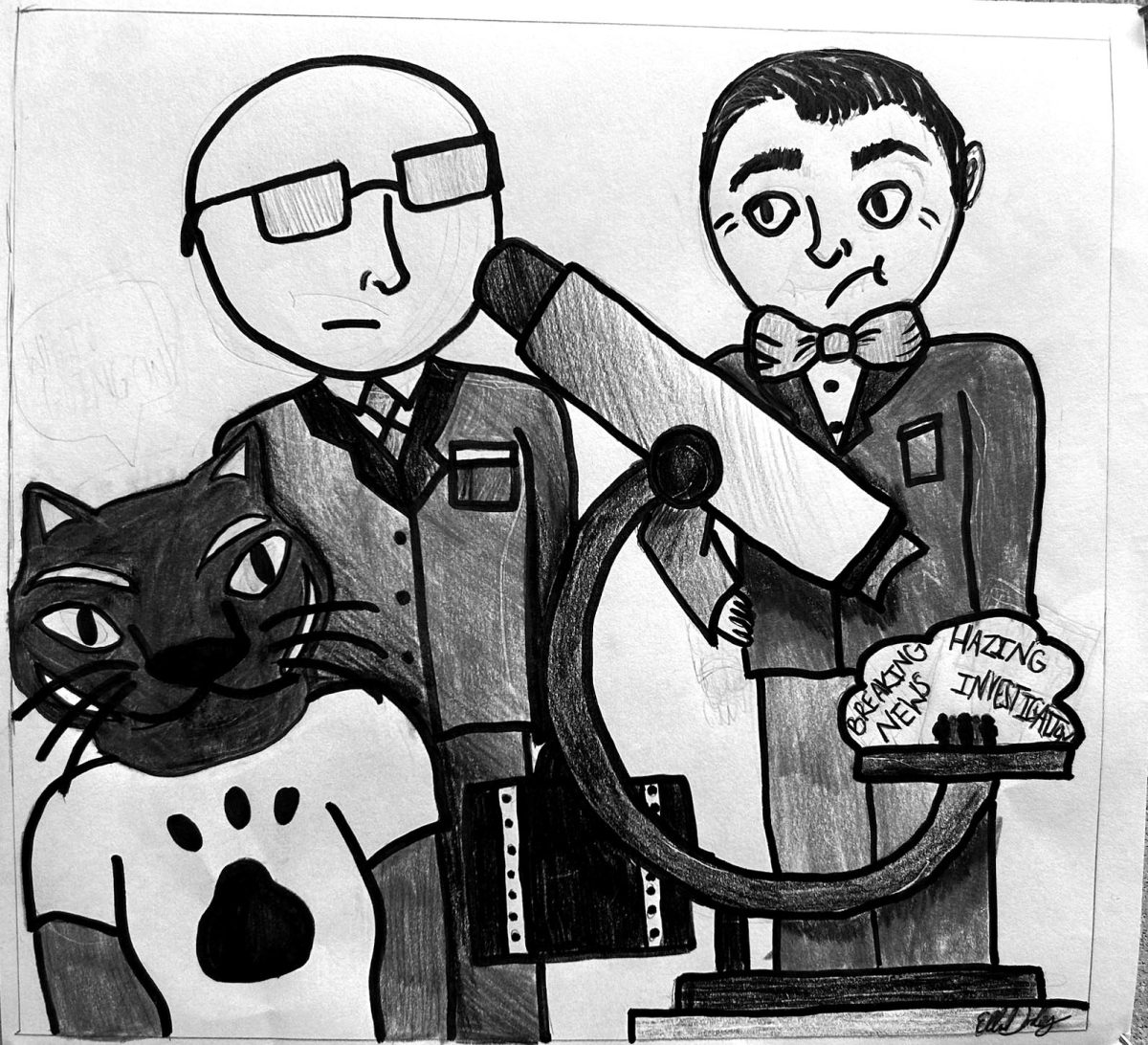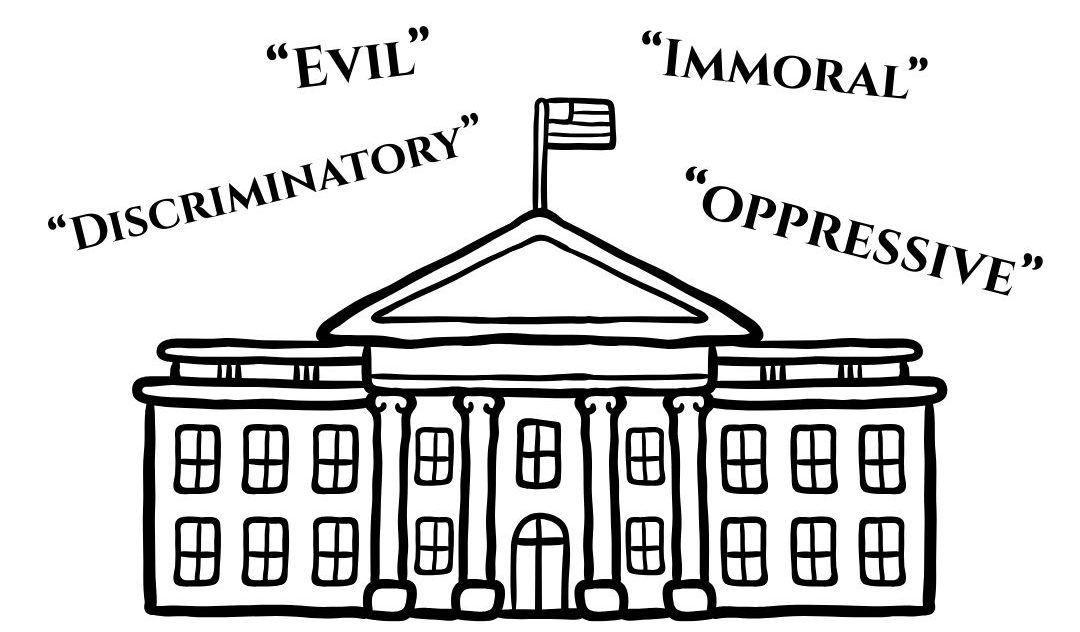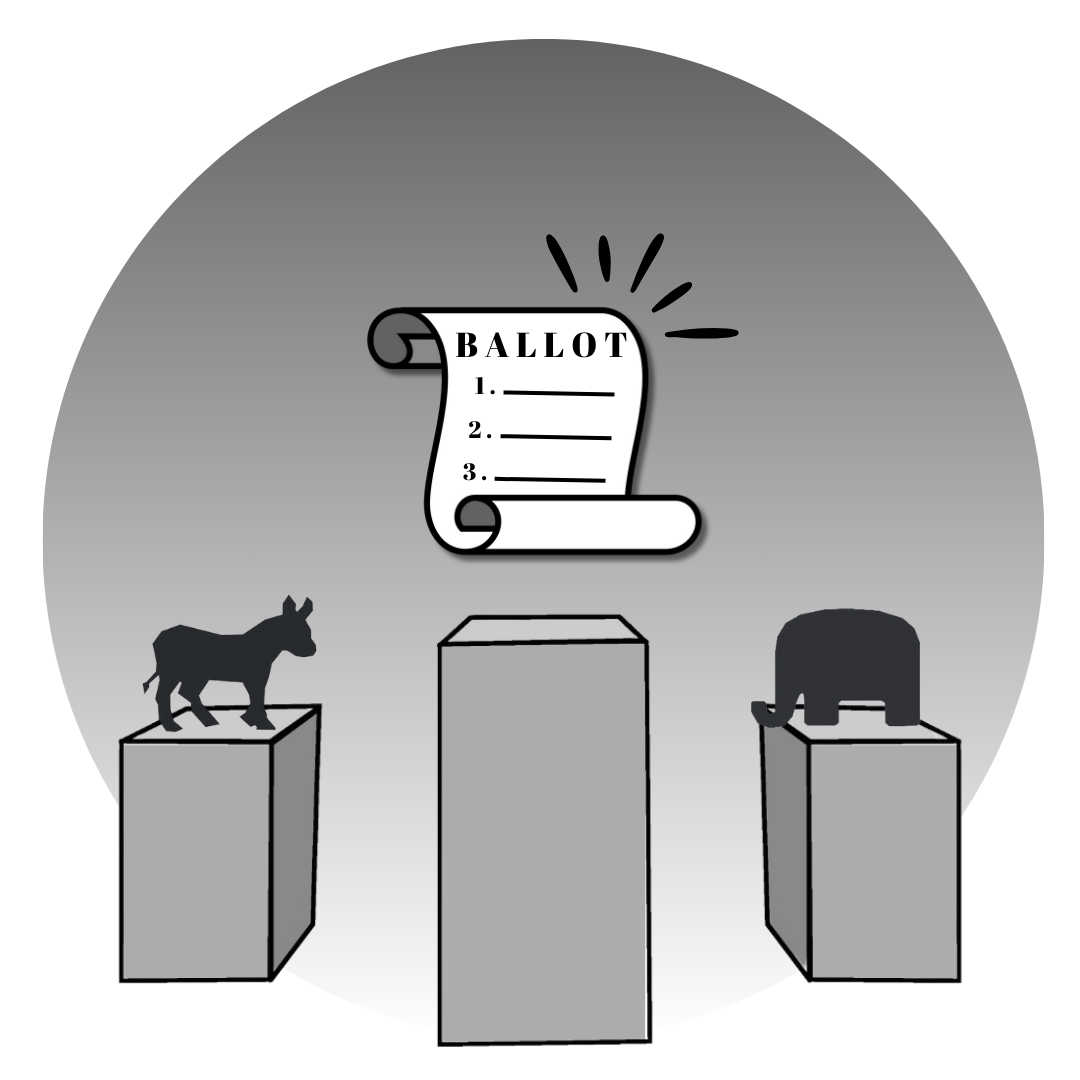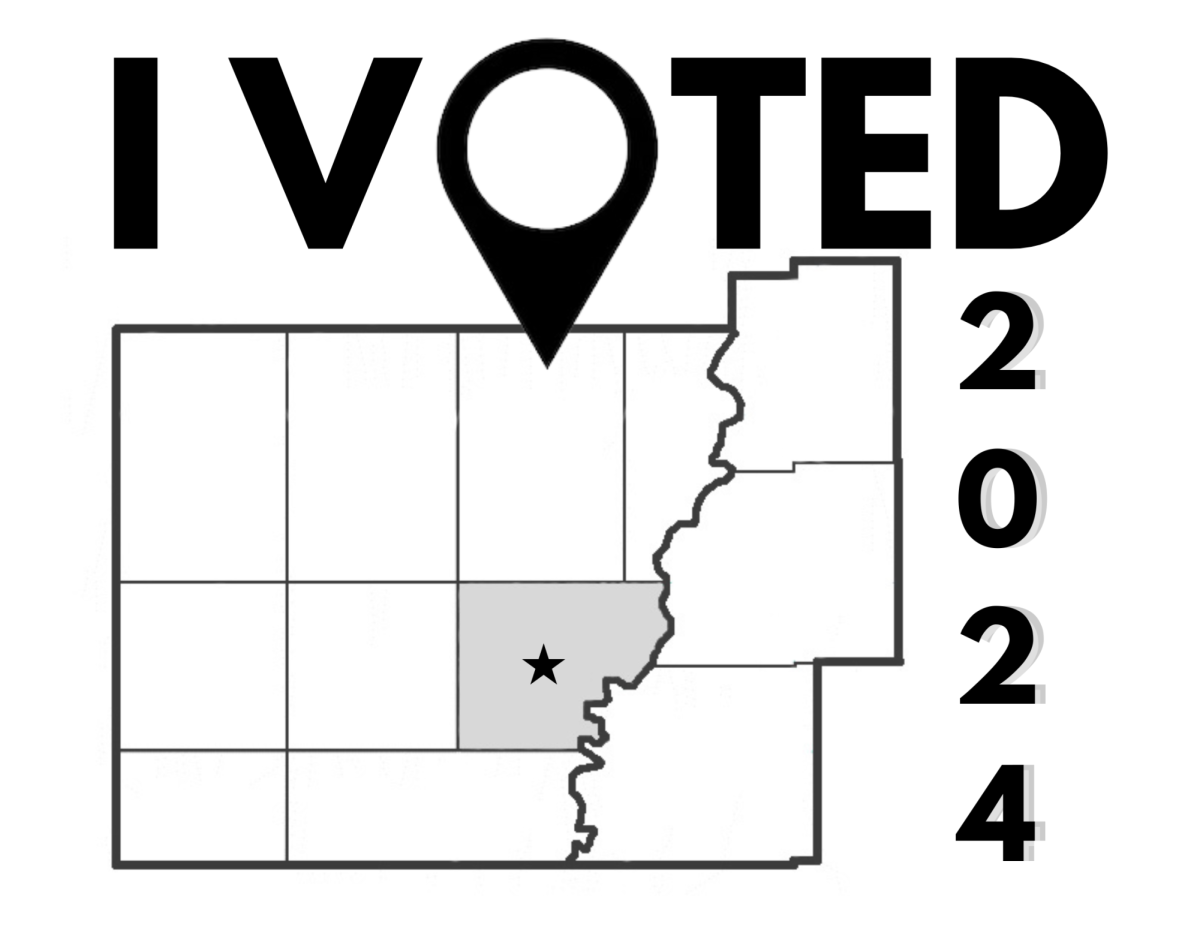It’s 2023. So why is hazing still a problem?
There is a distinct difference between hazing and being part of a light-hearted tradition.
The News reports on hazing so we can expand the knowledge towards the community because it can happen to anyone, anywhere, no matter the circumstance.
We at the News believe hazing of any sort is unacceptable and should not be tolerated.
Eastern shares the same sentiment, as last week was National Hazing Prevention Week which informed students on the myths and facts of hazing.
One of the myths about hazing said hazing “only a little bit” is not really that bad, which is obviously false. The information said no matter the degree of hazing, it crosses the line and can have an unintended negative impact on new members.
Another myth that was mentioned is that current members should go through hazing because alumni and current members have experienced it. There is no good reason to haze. Breaking a tradition of hazing is possible, but it takes a group effort to stop these ridiculous situations.
Eastern defines hazing as any act happening on or off campus that is initiated by one or more persons within an athletic team or student organization that causes embarrassment or violates a Code violation or an illegal act.
According to Dartmouth Student Affairs, there are three different types of hazing that resemble a level of hazing: intimidation, harassment and violence.
Intimidation as hazing is the lowest level and the most subtle level of hazing. This can be as little as socially isolating members of an organization, name calling, and posting embarrassing photos of new members on social media.
Harassment is the next level of hazing. This is considered the middle level. Some examples of harassment as hazing are verbal abuse, threatening and sexual simulations.
Violence is the highest level of hazing. This can be as big of a situation as sexual assault, physical assault, such as beating and padding, and forced consumption of alcohol and/or drugs.
In Illinois, the consequences of hazing are not only handled within the group, they can also have legal repercussions. Hazing is illegal in the state of Illinois through the Hazing Act.
Hazing can be classified as a Class A misdemeanor, except hazing resulting in death or great bodily harm is a Class 4 felony, according to Eastern’s Hazing policy.
In the state of Illinois, Class A misdemeanors can have a maximum time of 364 days in jail and a $250,000 fine. Under Illinois law, Class A misdemeanors are the highest misdemeanor in the state.
Hazing is a national problem, so much so that high schools and colleges take the time to educate their students about National Hazing Prevention Week, which is the last full week in September each year.
Eastern’s swim program is at least the third program to face suspensions due to allegations of hazing in the last month.
Boston College suspended its swimming and diving program indefinitely after allegations of student-athletes forced to drink their own vomit.
Texas A&M suspended most of its men’s team after a video recorded by a neighbor showed freshmen duct-taped together and consuming alcohol, soda or milk.
Hazing happens more than people think and can happen to anyone, not just sports teams.
This past summer, Northwestern University fired head football coach Pat Fitzgerald “for his failure to know and prevent significant hazing in the football program.”
The hazing that was reported at Northwestern allegedly involved “sexualized acts of a degrading nature.”
The Daily Northwestern, the student newspaper for Northwestern University, wrote an article about what former players saw and experienced in late November of 2022.
The News wants to spread awareness on the topic of hazing and remind people that hazing can happen to anyone.
Just because we are located in a small town, that does not mean that this type of stuff can’t happen to people in our community.
The Editorial Board can be reached at 217-581-2812.

















![[Thumbnail Edition] Senior Foward Macy McGlone, getsw the ball and gets the point during the first half of the game aginst Western Illinois University,, Eastern Illinois University Lost to Western Illinois University Thursday March 6 20205, 78-75 EIU lost making it the end of their season](https://www.dailyeasternnews.com/wp-content/uploads/2025/03/WBB_OVC_03_O-1-e1743361637111-1200x614.jpg)

























































